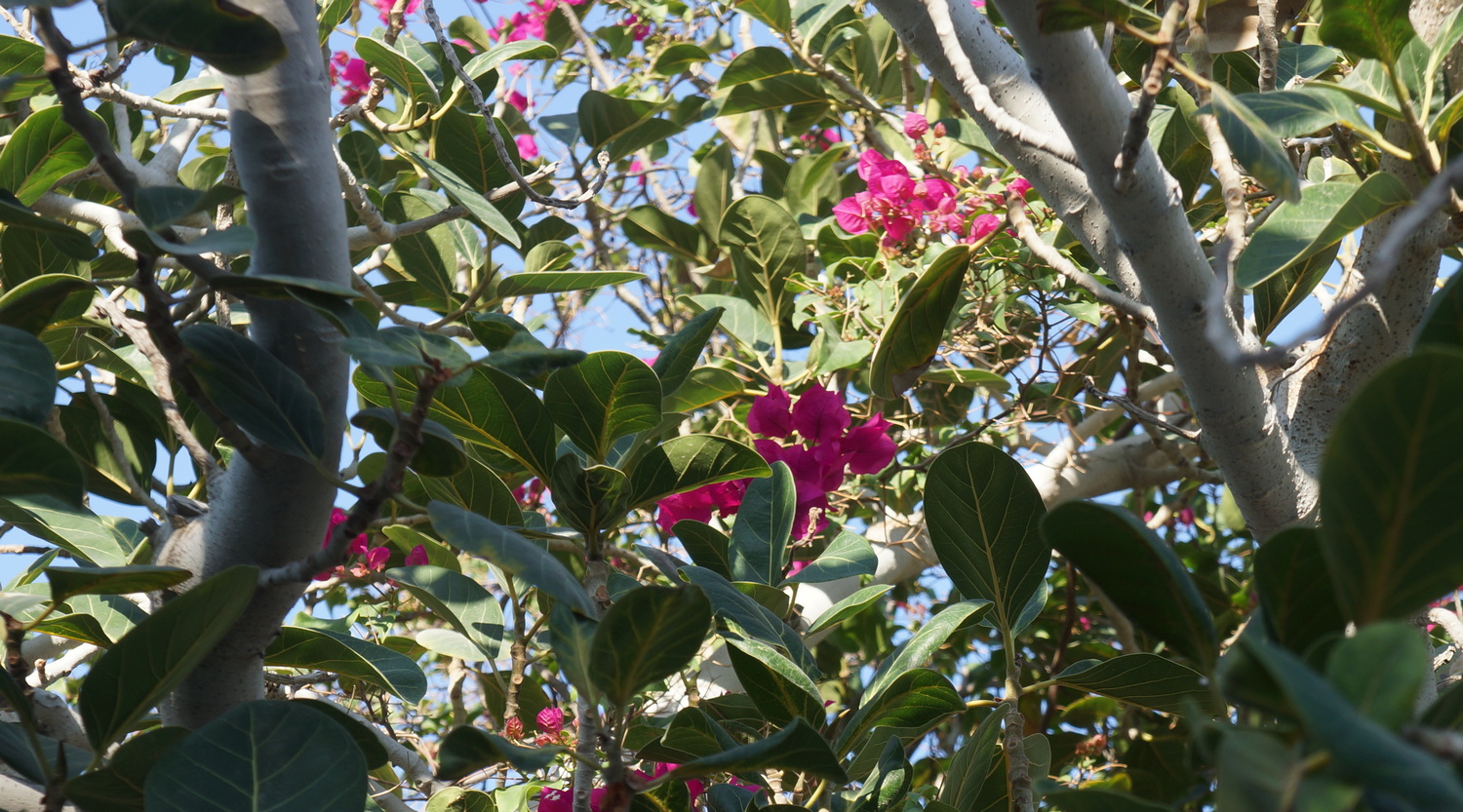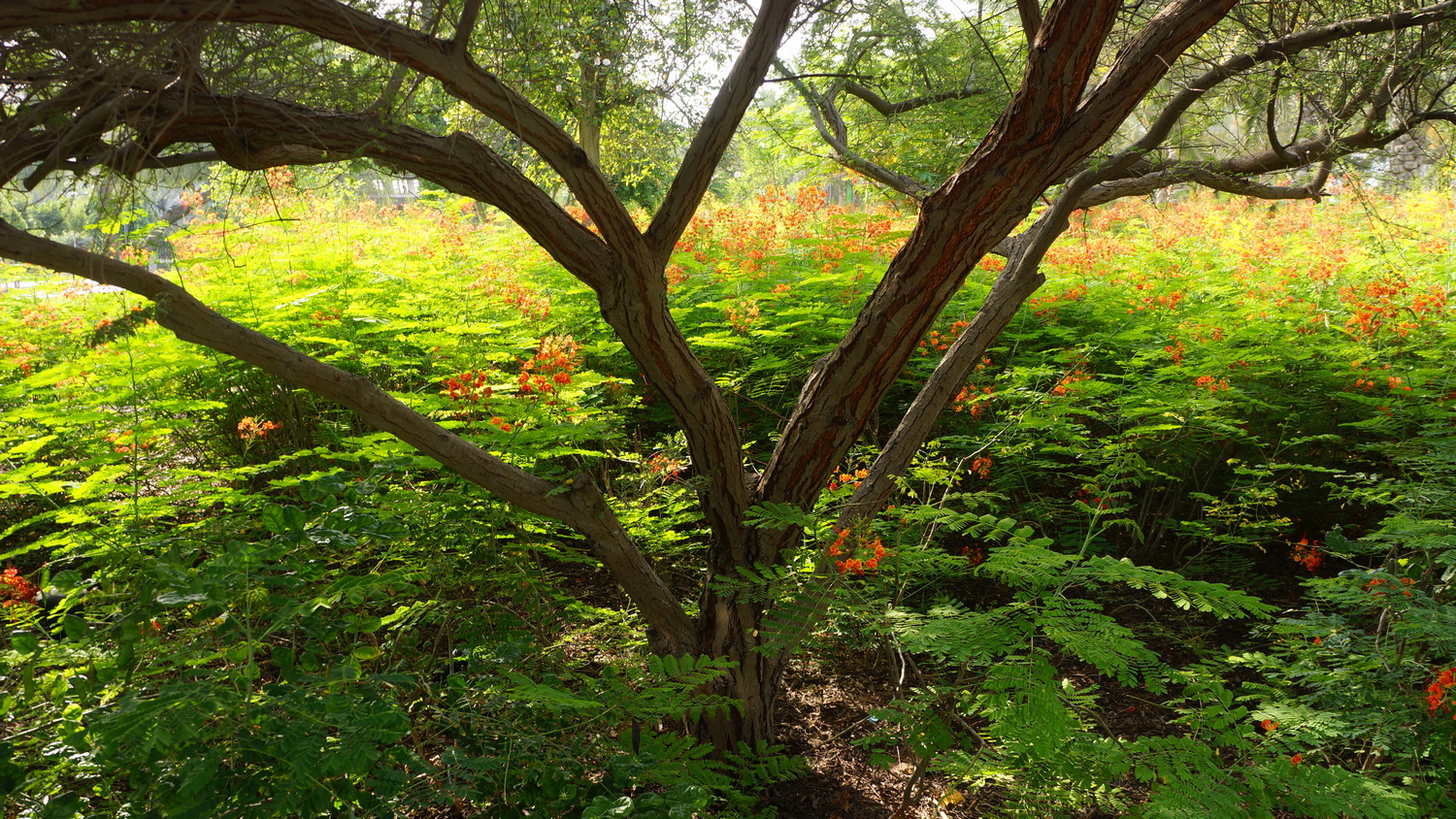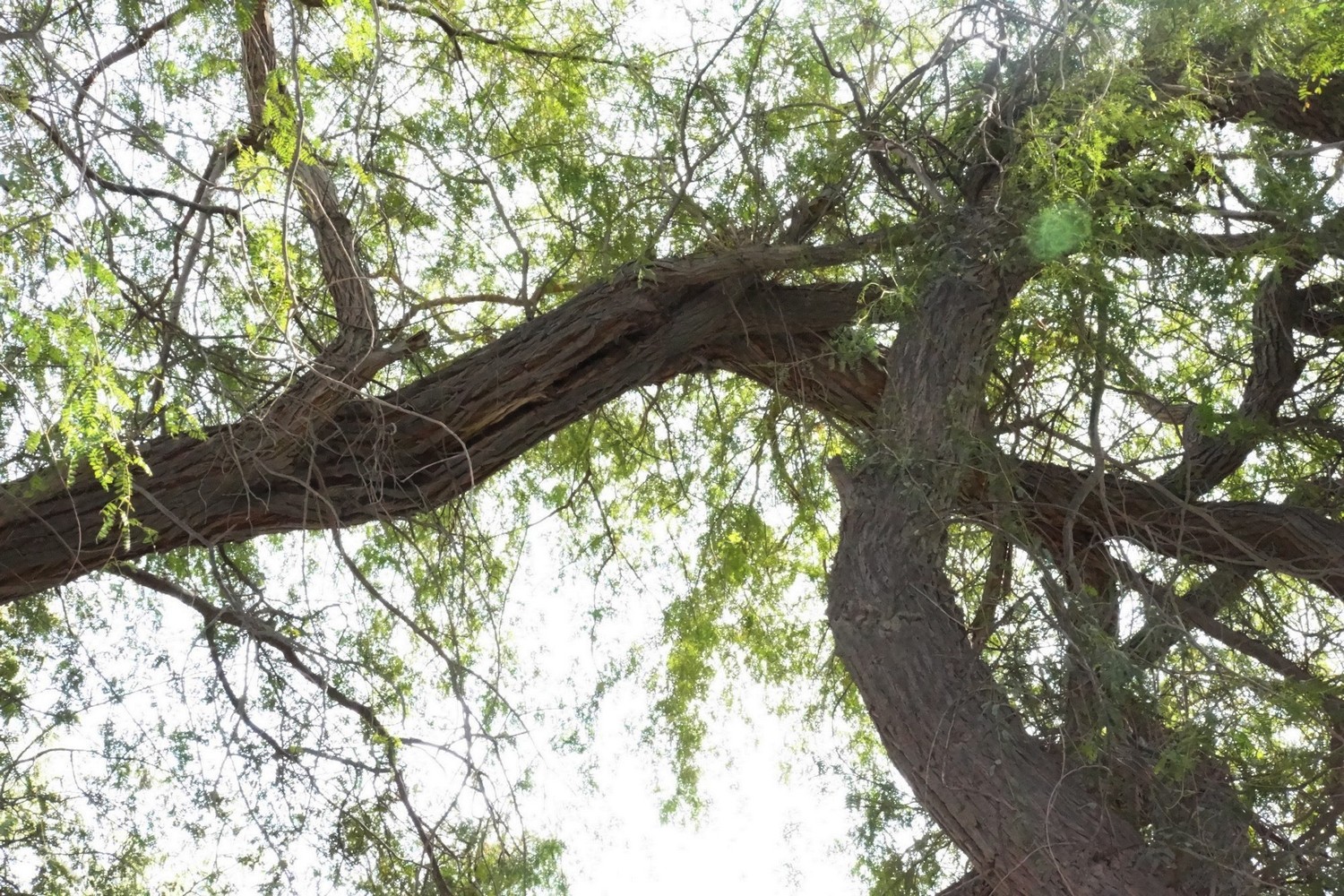Landscapes are all about creating micro-climate, or would be, if designed for that goal. Why is […]
I have said elsewhere that the landscapes of Dubai and Abu Dhabi are growing (no pun […]
This article first appeared in Pro Landscaper Gulf. It is based on tree consultancy work […]


